12 Real Story Twists to Keep You Guessing Until the End

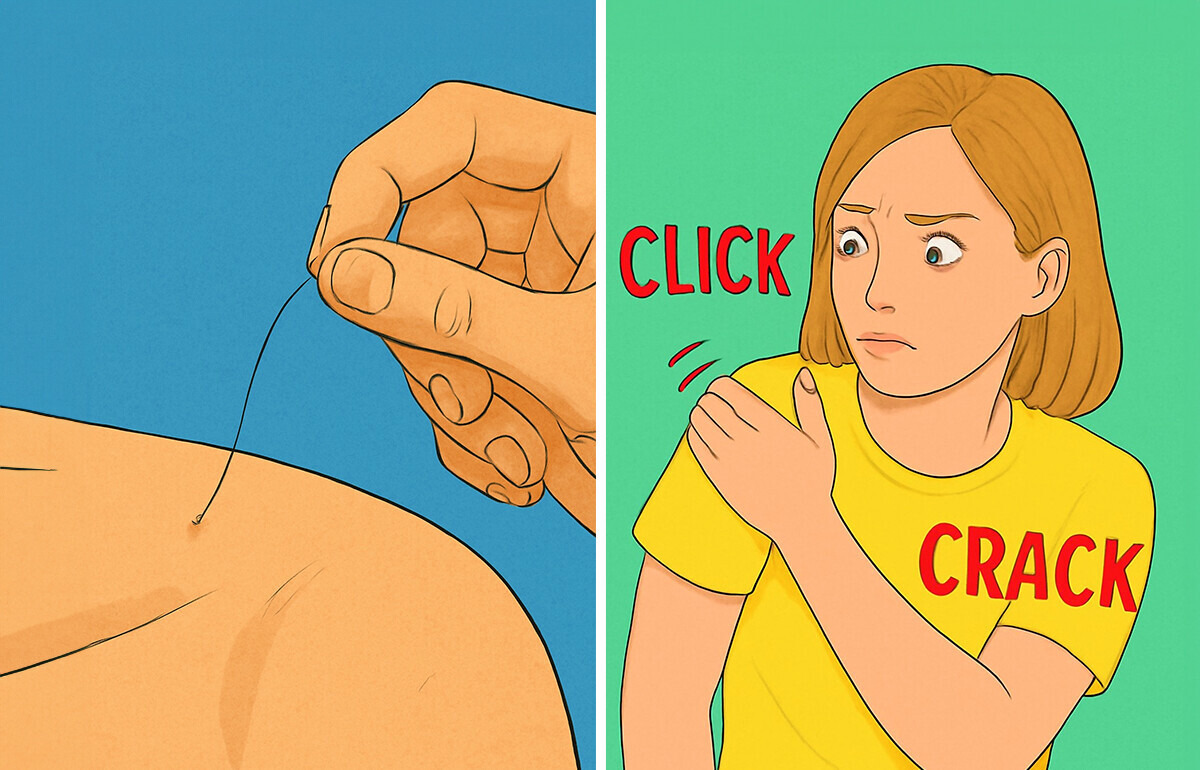
Aging doesn’t bring sudden changes overnight, but it does involve subtle, gradual shifts in your body’s systems that can start to feel noticeable—and sometimes a little strange. These changes are a natural part of life that every woman experiences. Recognizing what’s happening and learning how to respond can empower you to maintain your well-being, energy, and strength well into your 40s and beyond.
CONTENT IS PROVIDED FOR INFORMATIONAL PURPOSES ONLY AND IS NOT INTENDED AS A SUBSTITUTE FOR MEDICAL ADVICE. SEEK GUIDANCE FROM YOUR DOCTOR REGARDING YOUR HEALTH AND MEDICAL CONDITIONS.
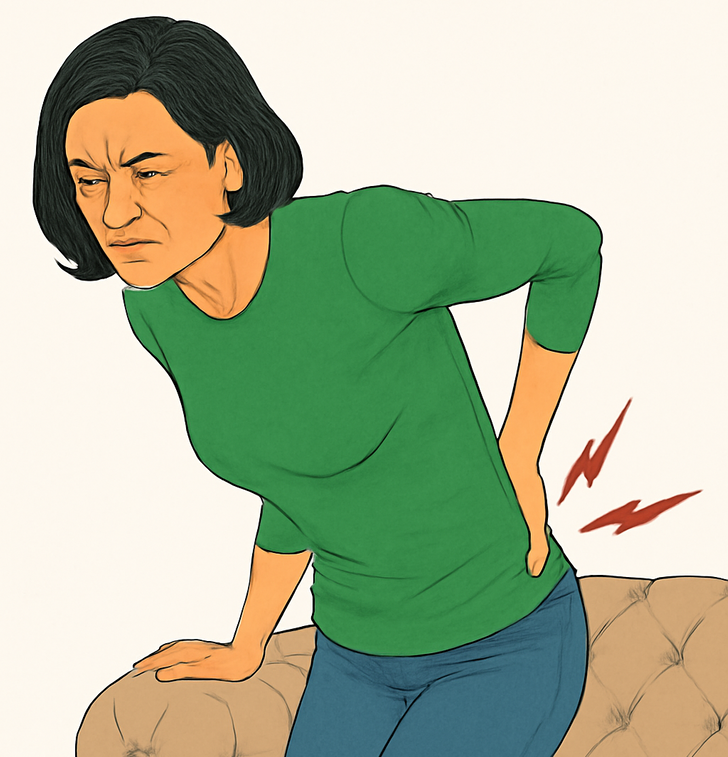
Painful back spasms can strike as early as age 30 and are often linked to muscle strain, poor posture, or weakened core muscles. As we age, discs in the spine lose hydration and flexibility, increasing the risk of small movements triggering painful muscle contractions. Prolonged sitting, especially with poor posture, or lifting something awkwardly can suddenly set off a spasm. While spasms are often temporary, they can signal underlying issues like degenerative disc changes. Strengthening your core, staying active, and practicing proper body mechanics are key to keeping your spine stable and reducing the risk of recurring spasms over time.
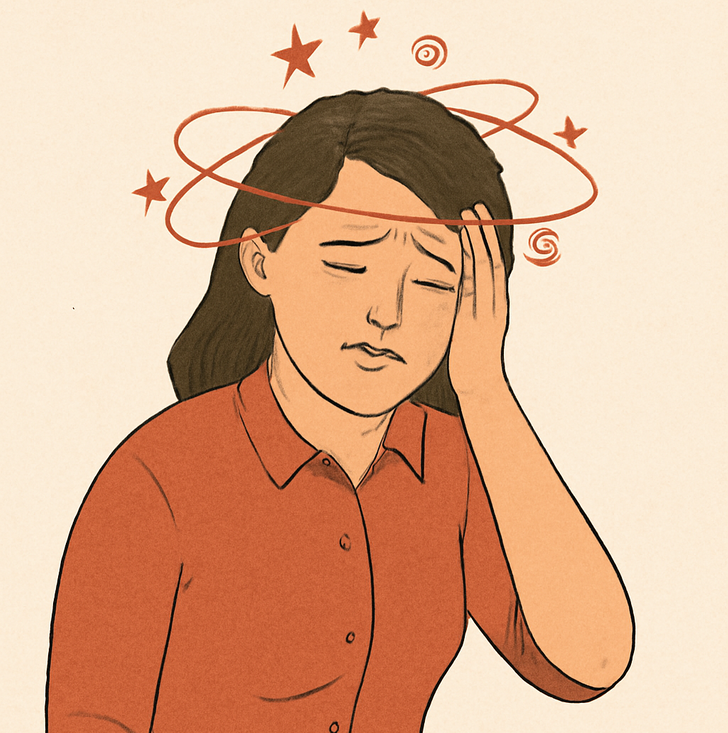
Feeling a little off-balance as you get older is more common than you might expect—and it’s not always just “in your head.” Subtle changes in vision, muscle coordination, and joint flexibility can make quick turns or pivoting movements feel awkward or unsteady. Your muscles and reflexes respond a little more slowly with age. This can make it harder to stay steady, especially when you make quick moves like sudden turns or changes in direction. The good news? Balance training, stretching, and regular movement can help retrain your body and keep you feeling more stable and confident in motion.
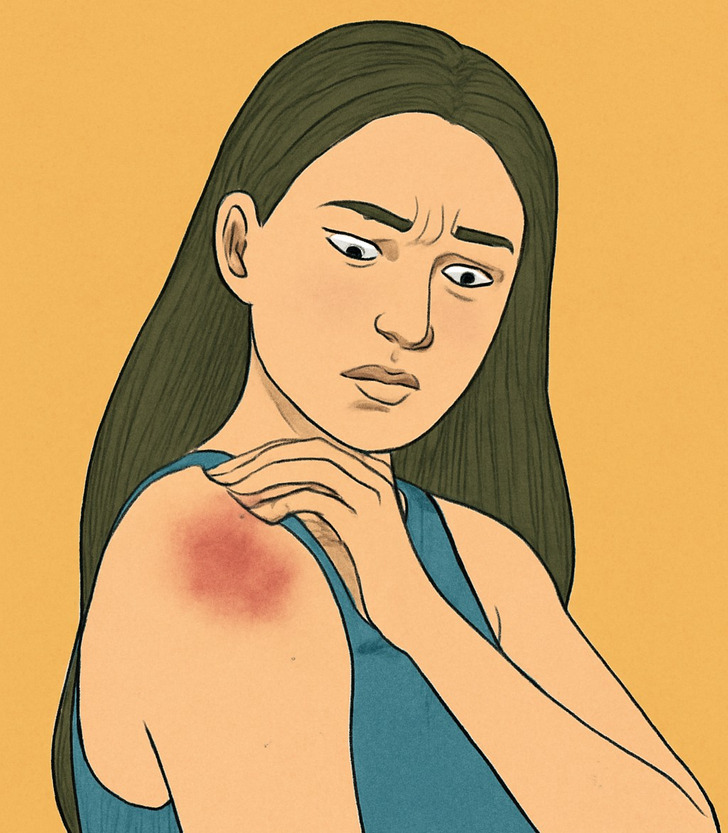
As you age, you might start noticing more bruises—sometimes with no clear cause. This happens because your skin gets thinner and you lose some of the protective fatty layer that cushions blood vessels. Even a light bump can break tiny capillaries under the skin, leading to those “mystery” bruises. Hormonal shifts, like lower estrogen during menopause, can make this more noticeable. While usually harmless, frequent or severe bruising is worth mentioning to a doctor.
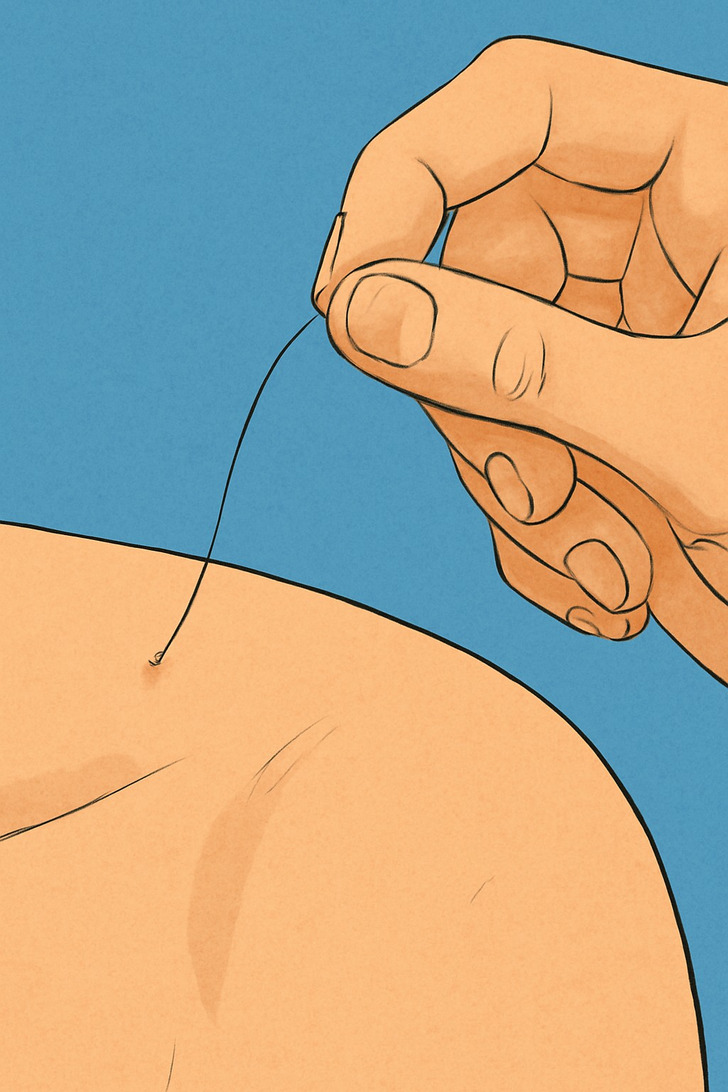
As you get older, you might notice a single thick, dark hair appearing in a surprising spot—your chin, neck, or even your shoulder. At first, it seems random, but over time, more may follow. These rogue hairs are often the result of hormonal changes, especially shifts in estrogen and androgens, which can alter hair growth patterns. While completely normal, they can feel sudden and strange. Many women simply pluck them, but the key is knowing you’re not alone—these quirky little changes are a common part of getting older.
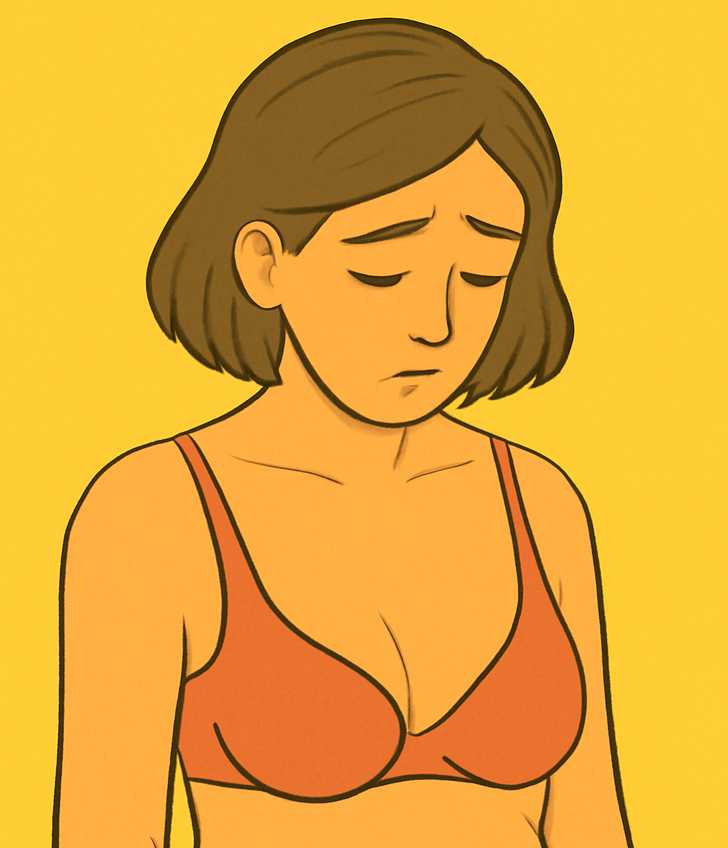
Sagging breasts are a completely normal part of aging, especially after pregnancy, breastfeeding, or significant hormonal changes. Even women with smaller cup sizes can notice a loss of firmness or a “deflated” look over time. This happens as skin loses elasticity and supportive ligaments stretch. While it can feel like a surprise, it’s a common and natural change that many women experience, often starting in their 30s or 40s.
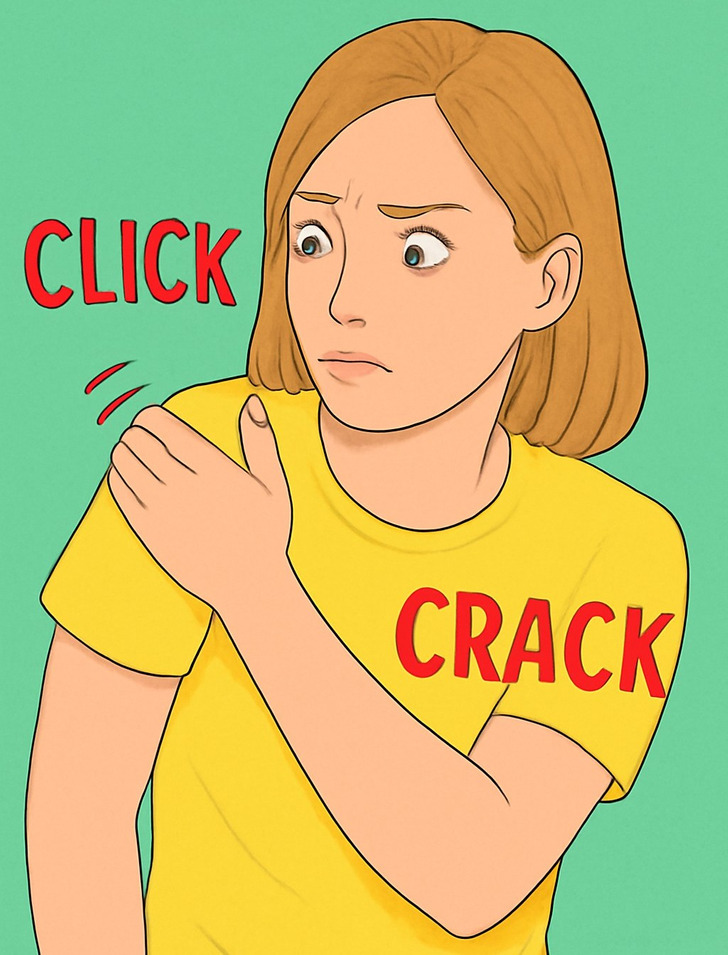
As you age, you might notice more clicking, popping, or even unusual sounds coming from your joints and bones. This happens because the cartilage that cushions your joints can thin over time, and your tendons and ligaments may become stiffer, causing them to snap or rub during movement. While these sounds can feel strange, they’re usually harmless if not accompanied by pain or swelling. Increased joint noises are a common part of aging and reflect natural changes in your body’s tissues as they adapt over the years.
One of the most talked-about effects of aging is the slowing of metabolism. Your basal metabolic rate (BMR)—the number of calories your body needs at rest—begins to decline by about 1–2% per decade after you turn 20, partly due to shifts in body composition and hormonal changes.
This metabolic aging process means your body burns fewer calories at rest than it once did, making it easier to gain weight even if your habits haven’t changed. While this can feel discouraging, it’s not irreversible, and it doesn’t mean your energy levels or body composition are doomed to deteriorate.
From your mid-30s onward, muscle loss—also known as sarcopenia—can begin. This occurs at a rate of about 3–5% per decade unless you actively work to maintain or build muscle. Muscle is metabolically active tissue, meaning that losing it contributes to the metabolism slowdown.
This process is subtle at first, but over time it can lead to reduced strength, slower metabolism, increased fatigue, and a greater risk of injury.
Women begin experiencing hormonal fluctuations in their 30s, especially as they approach perimenopause, which can begin as early as the late 30s or early 40s. Estrogen and progesterone levels start to shift, affecting everything from your menstrual cycle to sleep quality, libido, mood, and even body fat distribution, especially the tendency to store fat around the abdomen.
In addition, cortisol, your primary stress hormone, tends to become more reactive with age, especially when combined with poor sleep and high stress levels. Elevated cortisol can promote fat storage, particularly around the belly, and contribute to muscle breakdown, further impacting metabolism and aging.
Recent research has begun to uncover how your gut microbiome—the community of bacteria in your digestive system—affects not only digestion but also metabolism, immunity, and even mood.
After 30, shifts in diet, stress levels, sleep patterns, and hormonal balance can all influence the diversity and balance of your gut bacteria. A less diverse microbiome has been linked to a slower metabolism, more inflammation, and a greater tendency to gain weight.
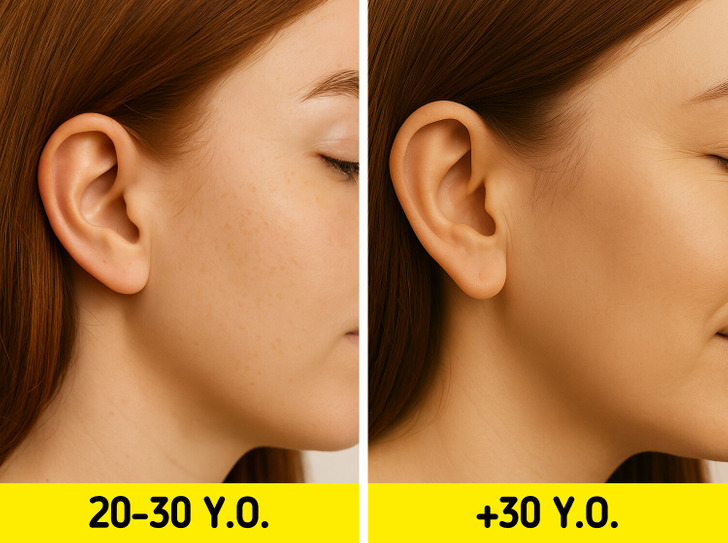
Your earlobes can gradually appear longer over time due to a natural loss of collagen and skin elasticity. This thinning and stretching of the skin, combined with the constant pull of gravity, causes earlobes to elongate subtly as you age. Wearing heavy earrings regularly can also contribute to this effect by adding extra weight that stretches the lobes further. Though often overlooked, this slow change is a common part of how skin and tissues adapt with age.
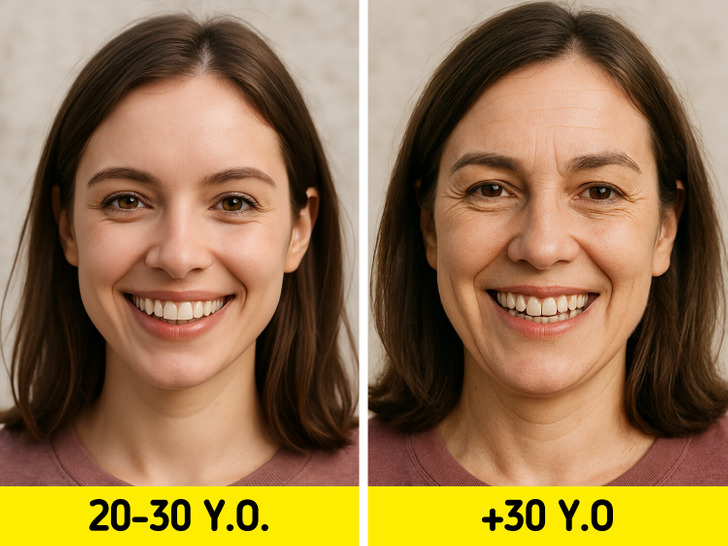
Even if you had braces in your teens, you might notice your teeth subtly shifting or becoming more crowded as you age. This is due to gradual changes in jawbone shape, gum disease, and even pressure from daily habits like clenching or grinding. Hormonal fluctuations, especially during pregnancy or perimenopause, can also affect oral health. While often overlooked, these changes are common and can alter your bite or smile over time. Wearing a nighttime retainer or consulting an orthodontist can help maintain alignment and support long-term dental health as part of your overall approach to healthy aging.
As you get older, you might notice your dark under-eye circles becoming more pronounced. This often isn’t just from lack of sleep—it can result from the gradual loss of fat and collagen beneath the eyes, which creates a hollowed appearance and can even allow underlying blood vessels to show through more clearly. Thinner skin in this area also emphasizes shadows. While concealer can help, focusing on hydration, sun protection, and sufficient sleep supports the delicate skin around the eyes. A nutrient-rich diet and gentle eye creams with ingredients like peptides or vitamin C can also promote healthier, firmer skin.
You may also notice that your skin texture becomes less smooth, and your pores may look larger than before. This is often a result of declining collagen and slower cell turnover. While completely natural, it can make skin look different from what it did in your 20s. Staying hydrated, protecting your skin from the sun, and using products that support collagen production can help.
These changes may be subtle or surprising, but they’re all part of the broader picture of aging, and with the right mindset and habits, they don’t have to feel like setbacks.
Every decade of your life is a new chapter with new challenges and new opportunities. While metabolism, aging, muscle loss, and hormonal changes are natural, they are not out of your control. With knowledge, consistent action, and self-compassion, you can shape how your body and mind adapt.
Healthy aging is about resilience, not perfection. It’s about staying connected to your body, honoring its signals, and building habits that support you not just this year, but for decades to come.
Our brains change as we age, too, but did you know that male and female brains age differently?











